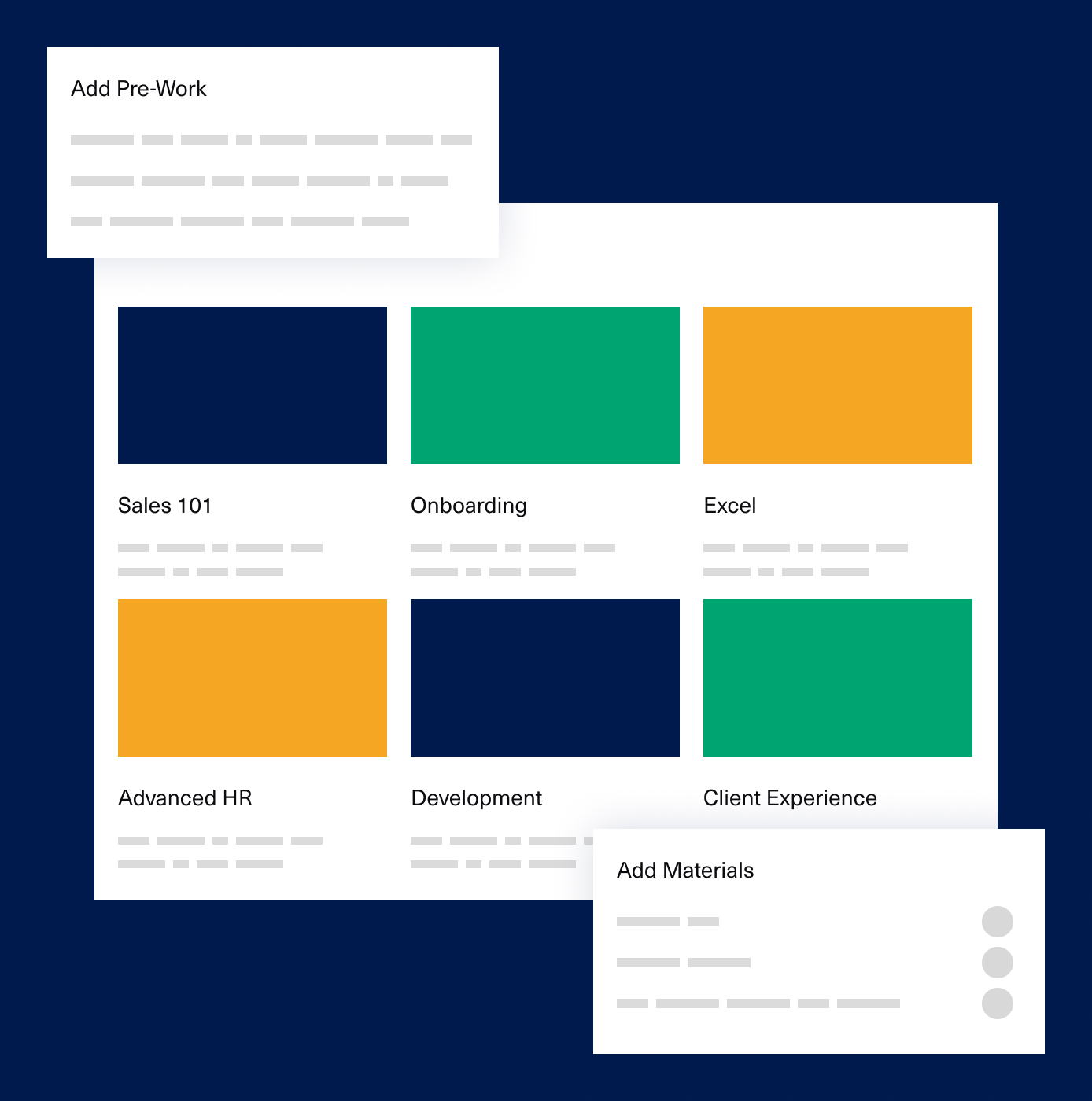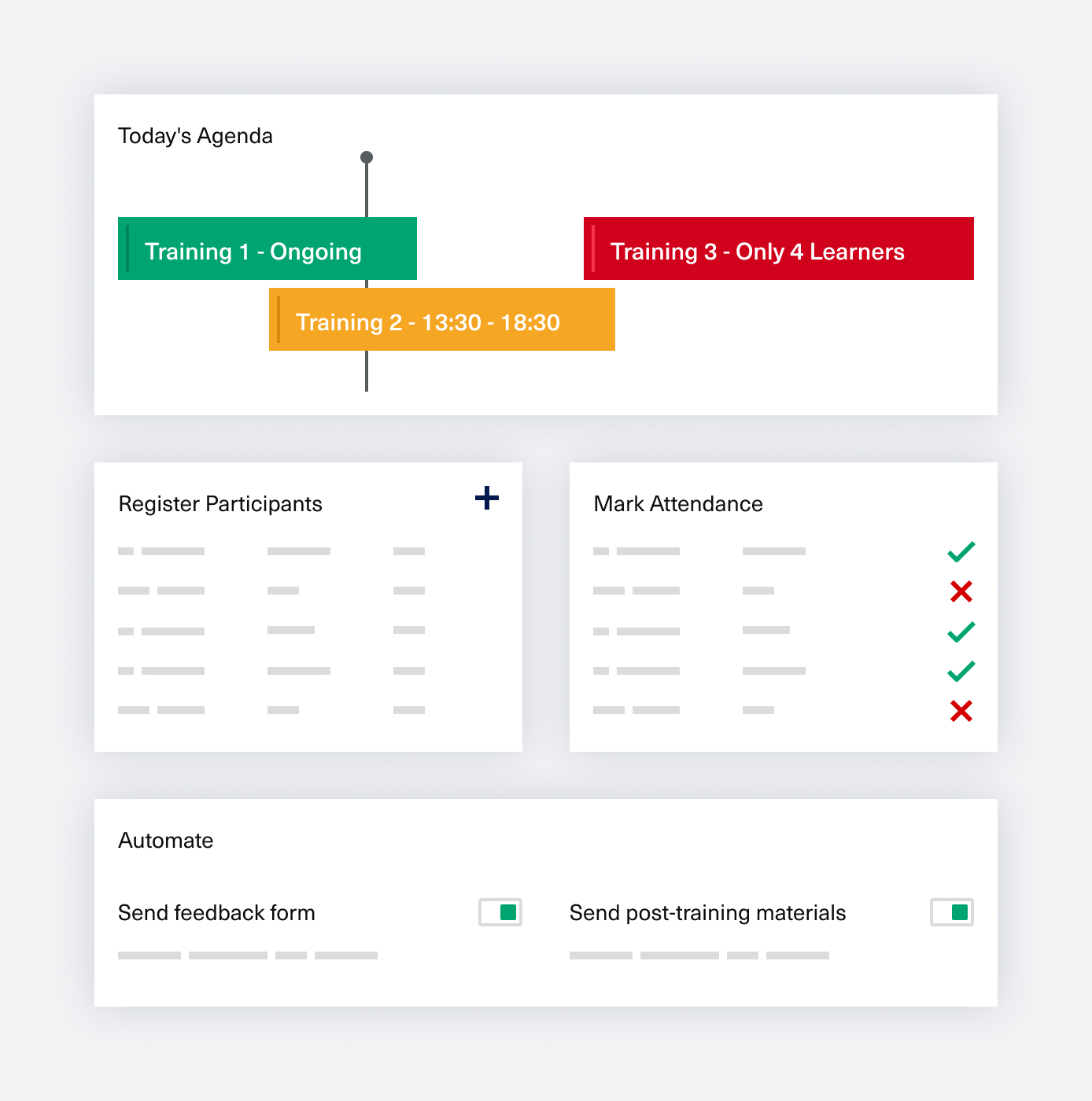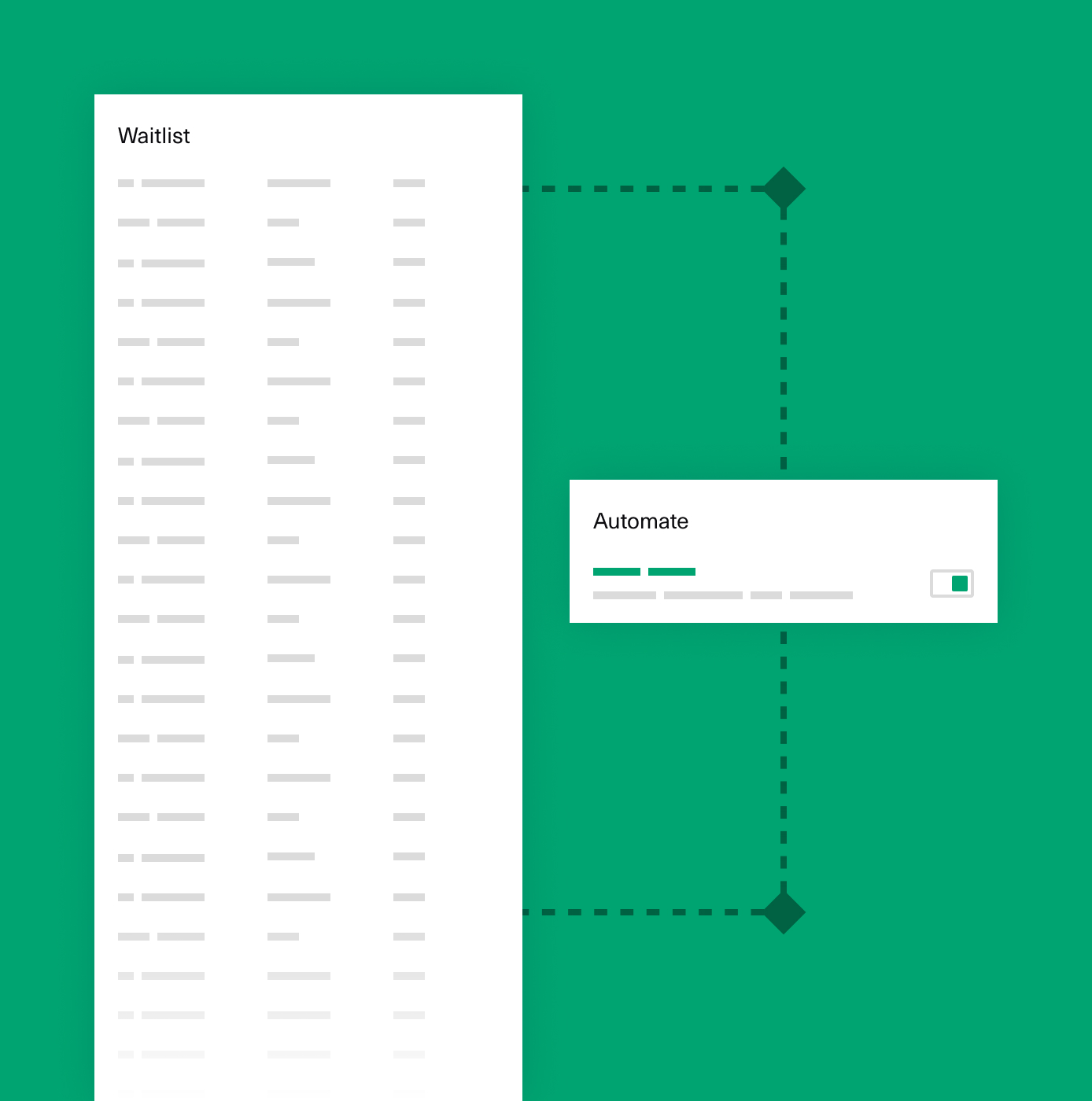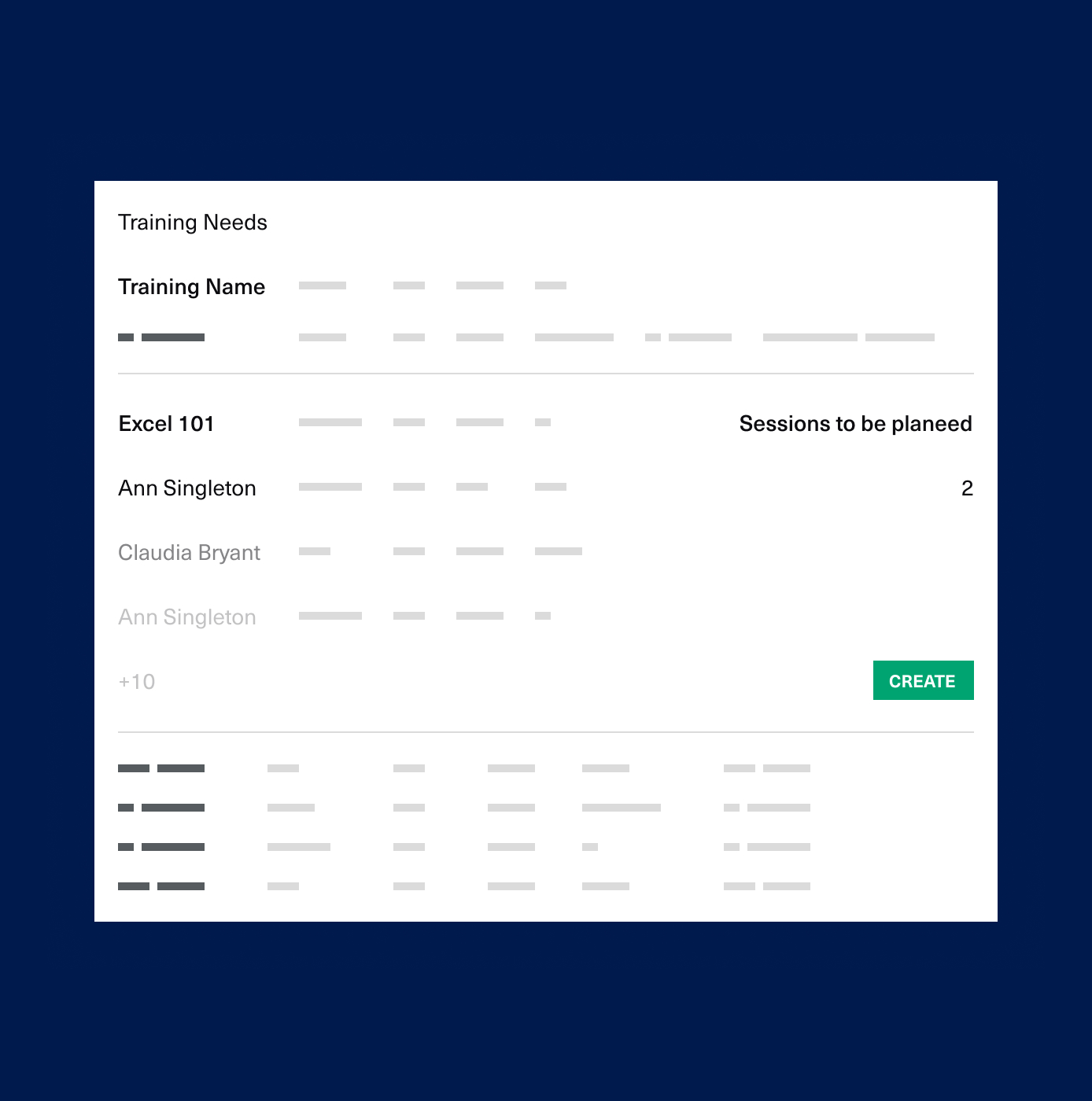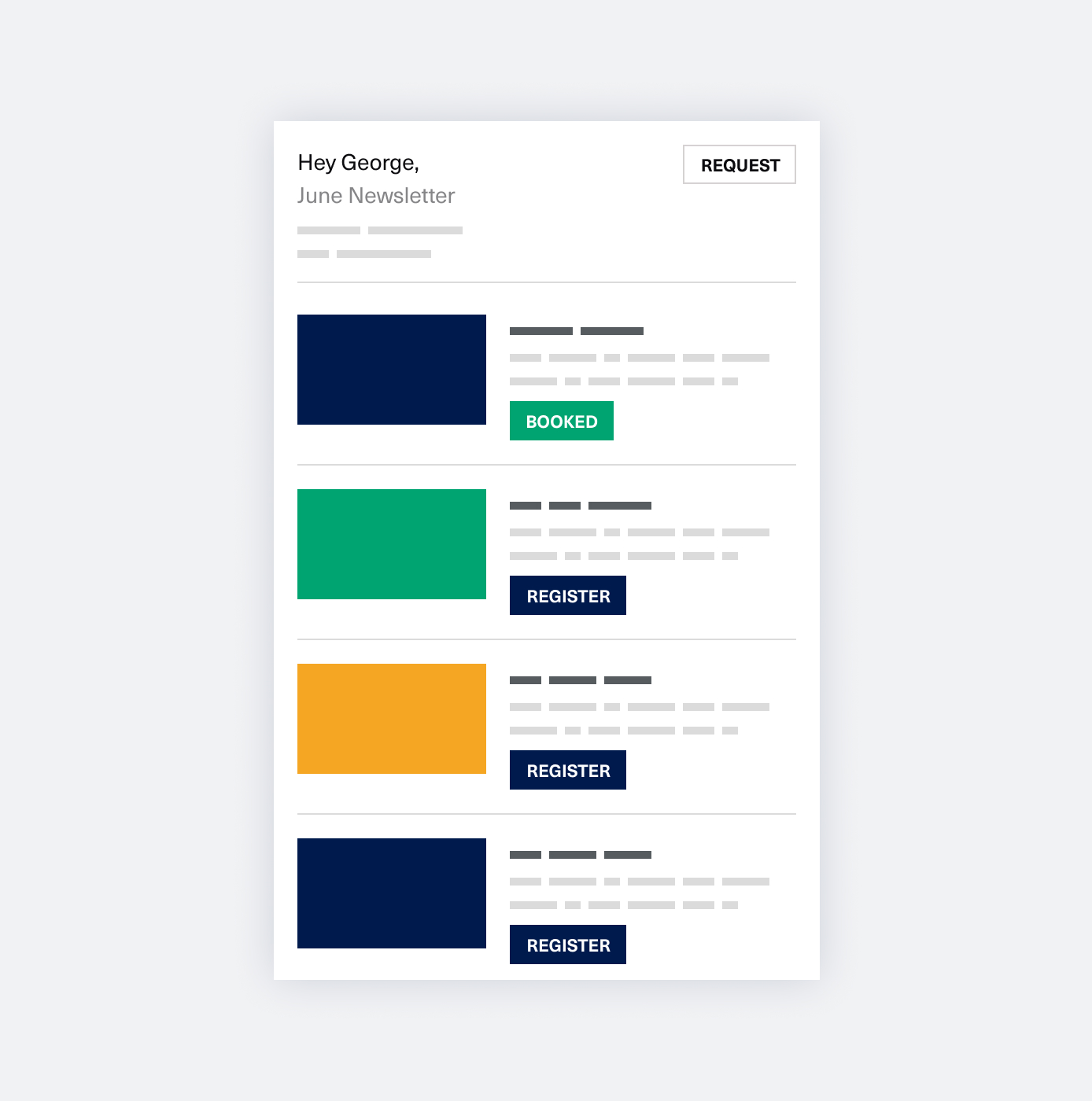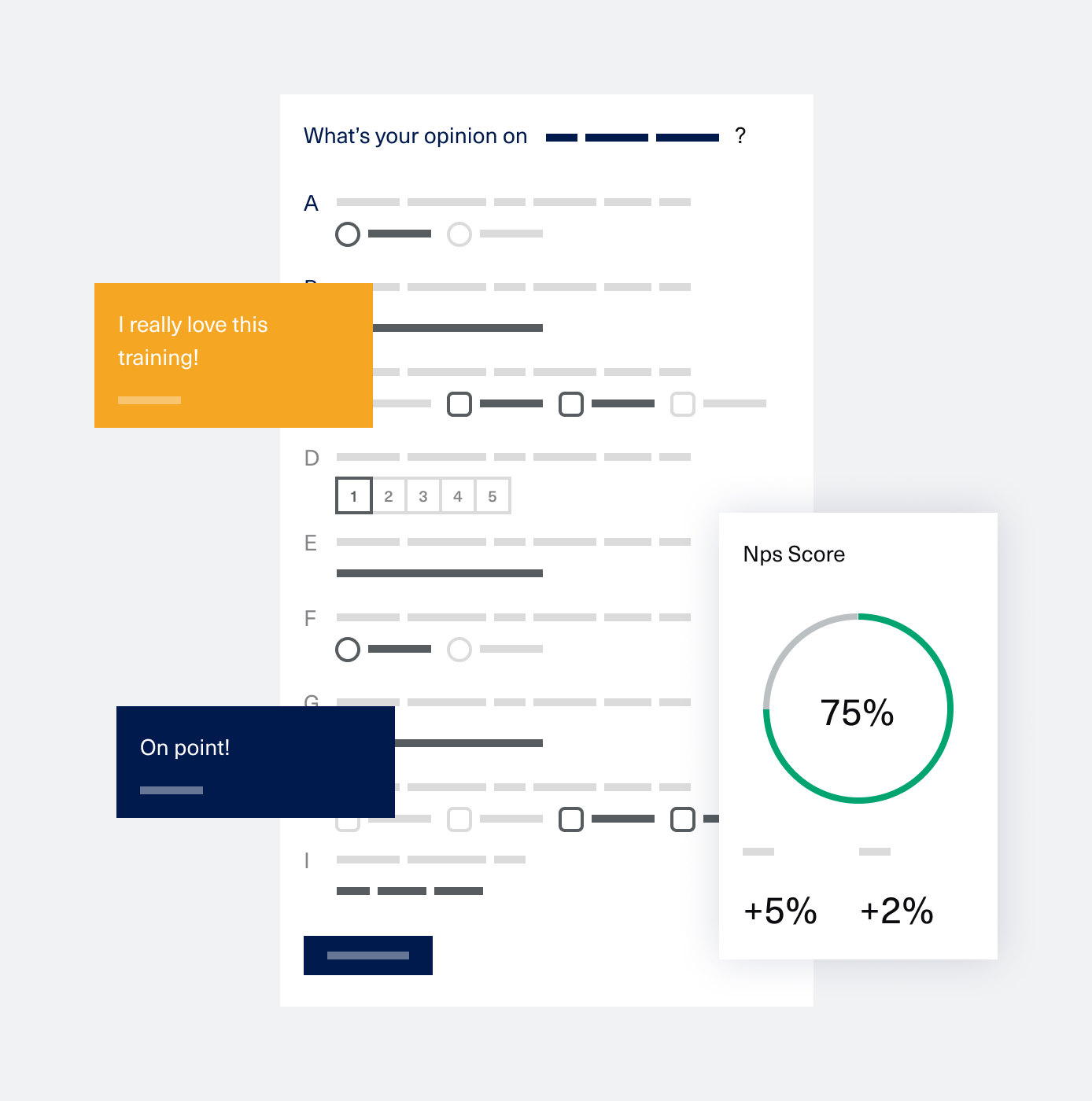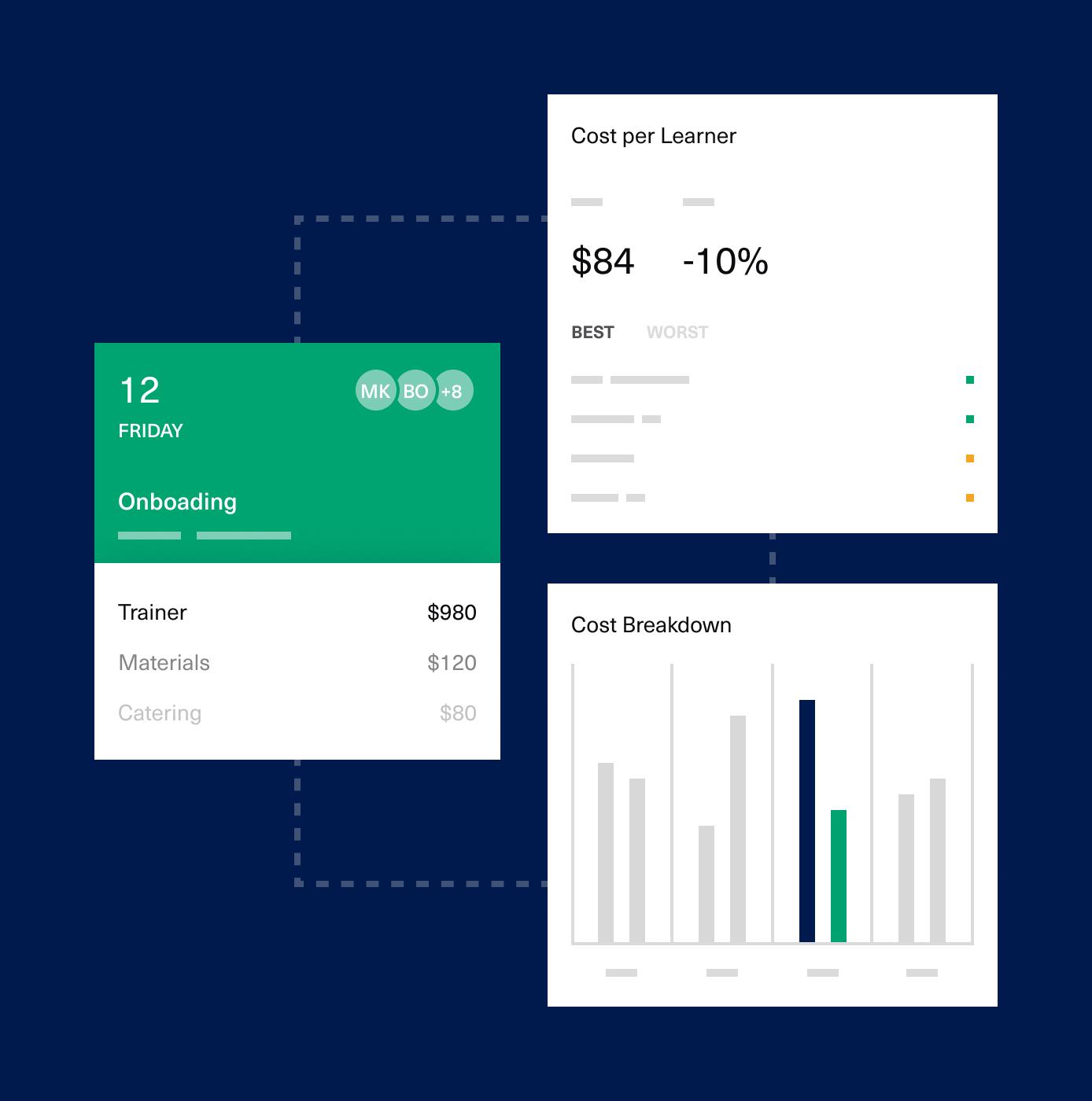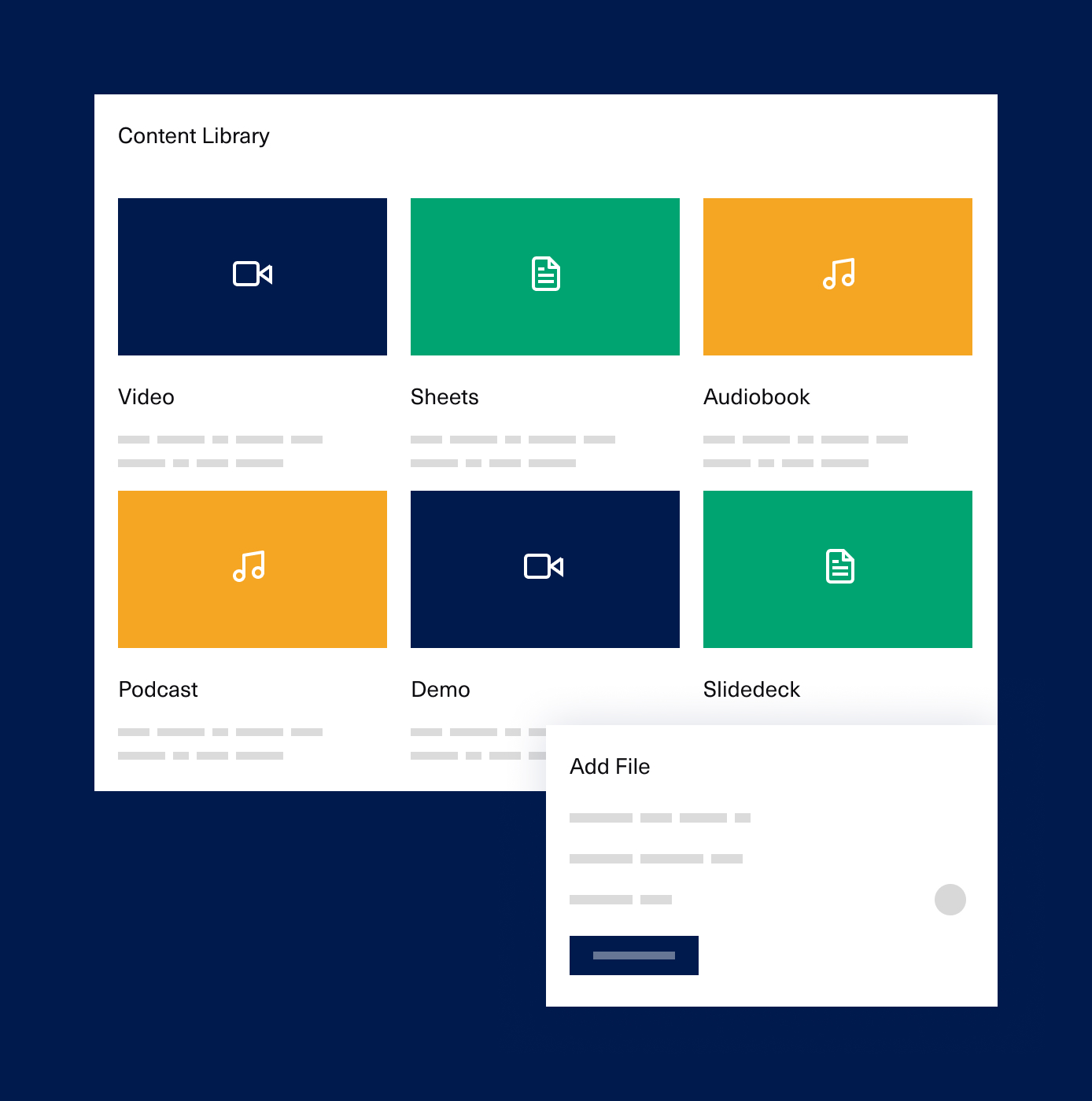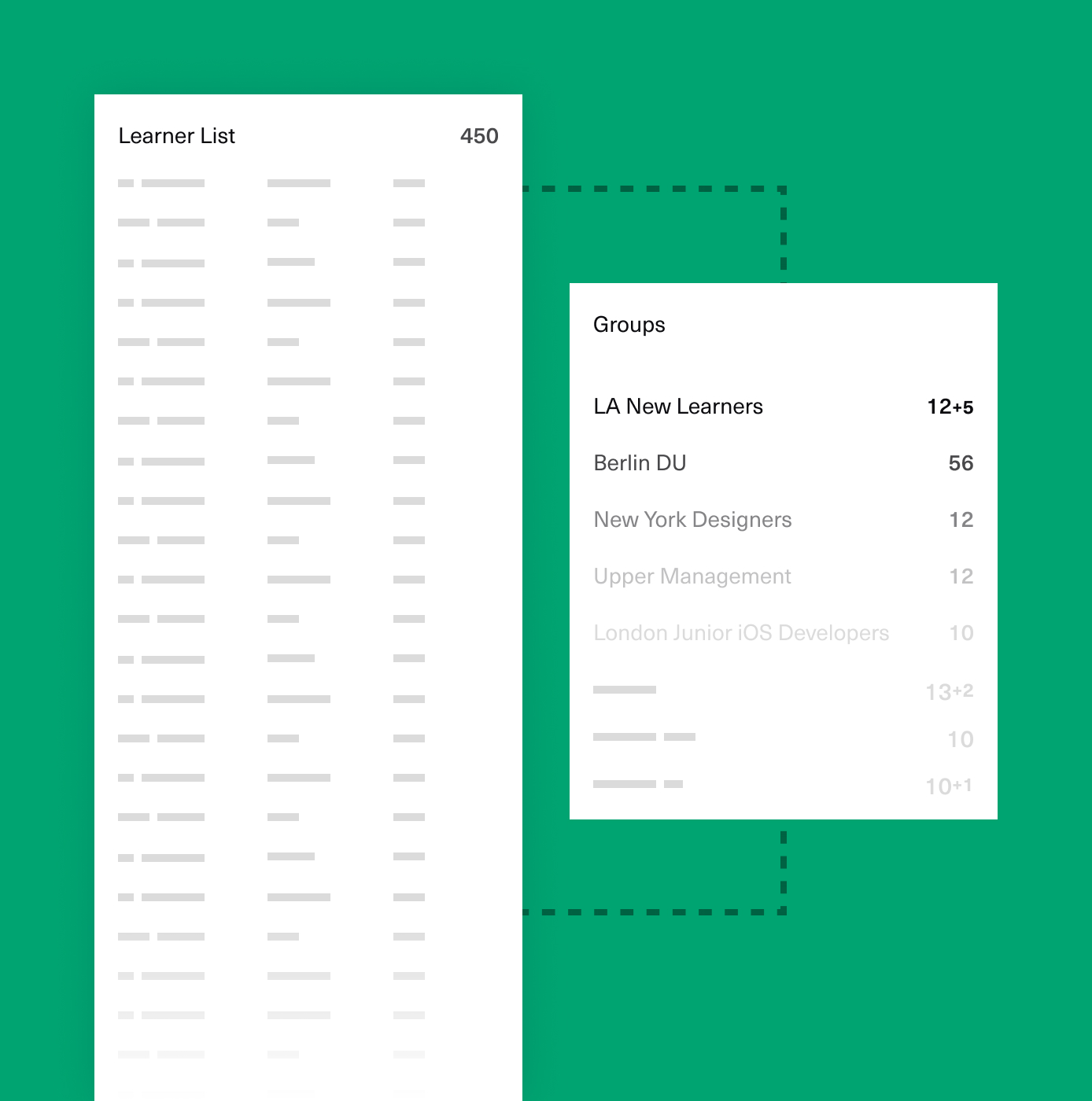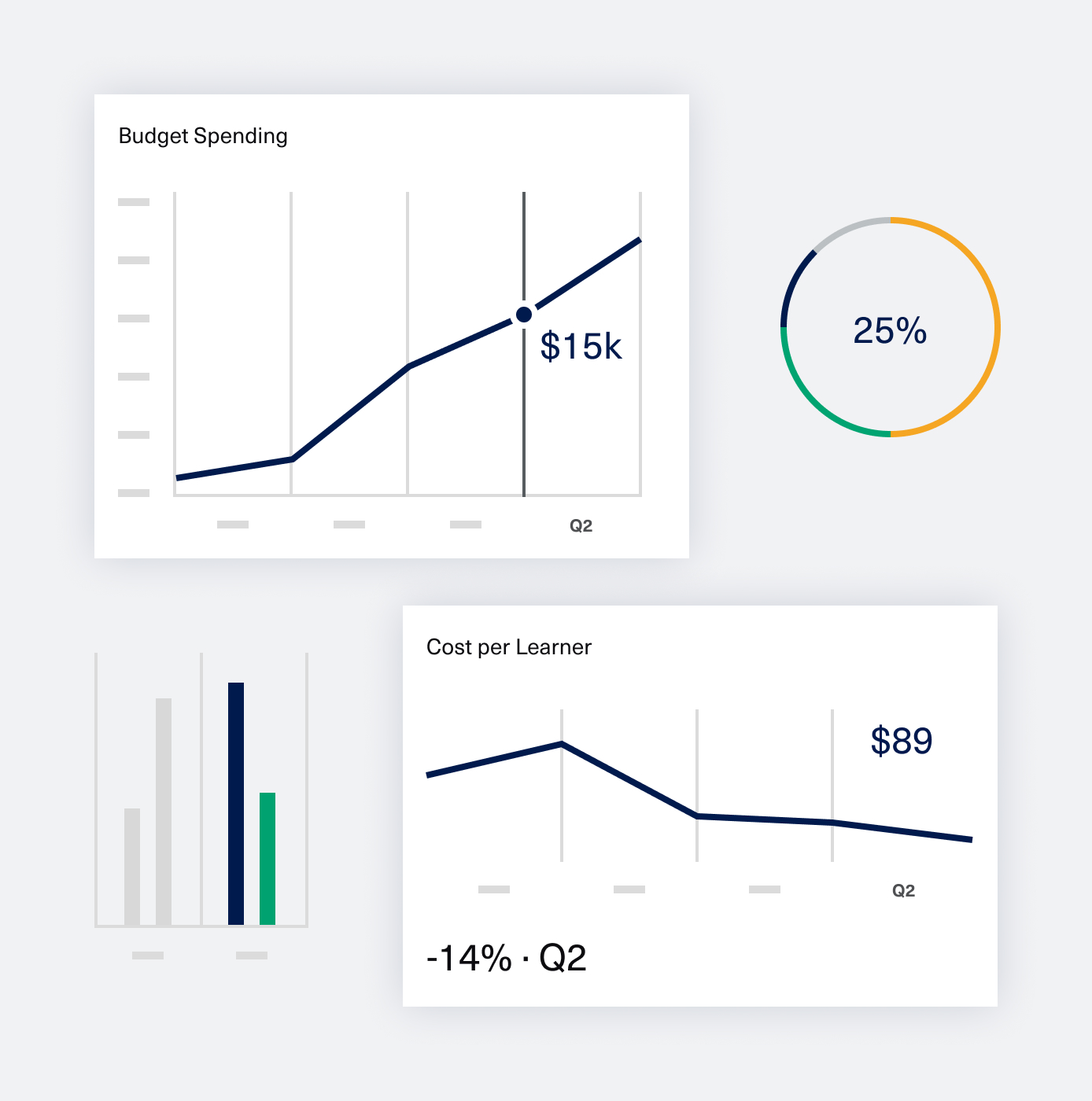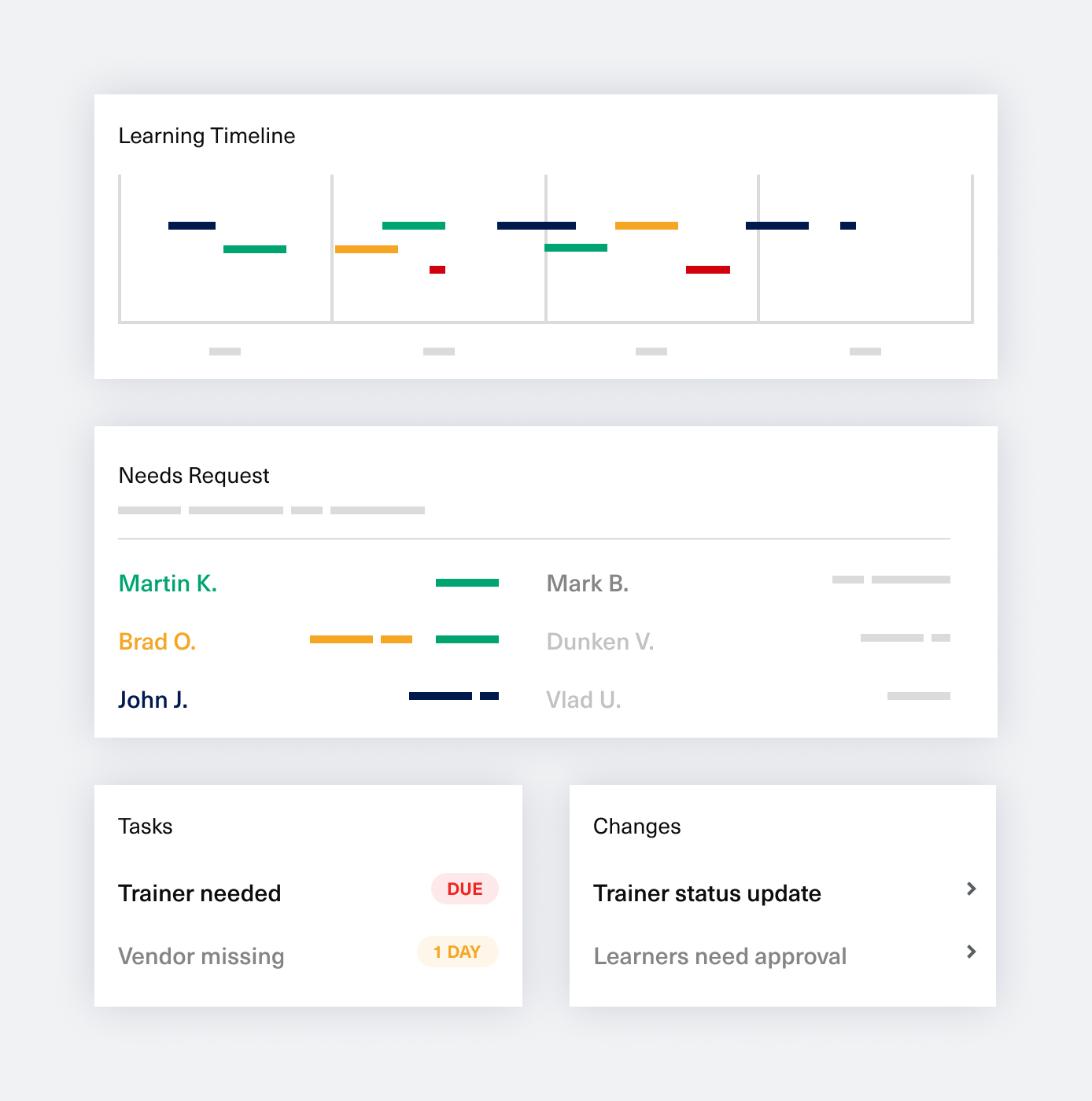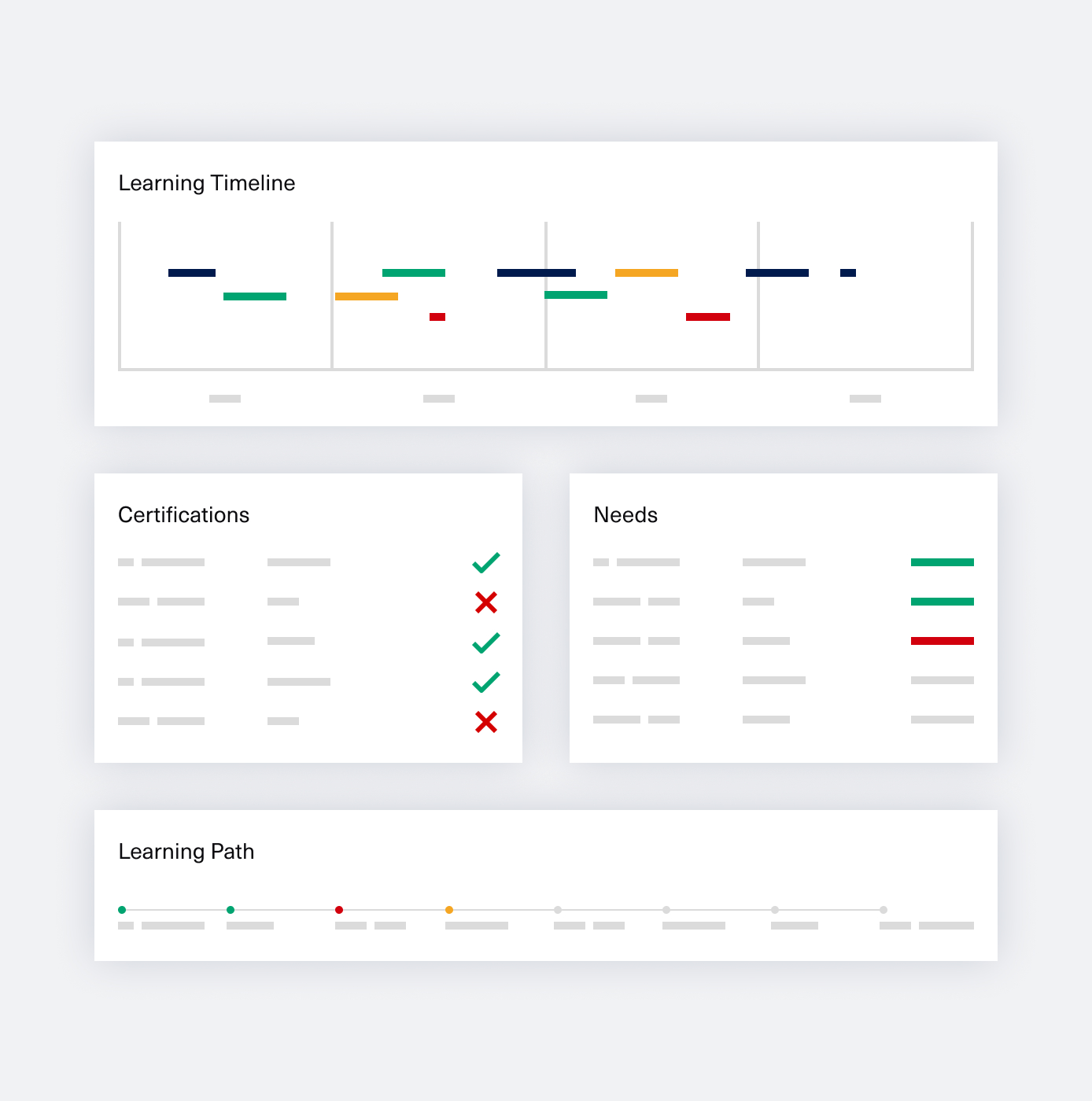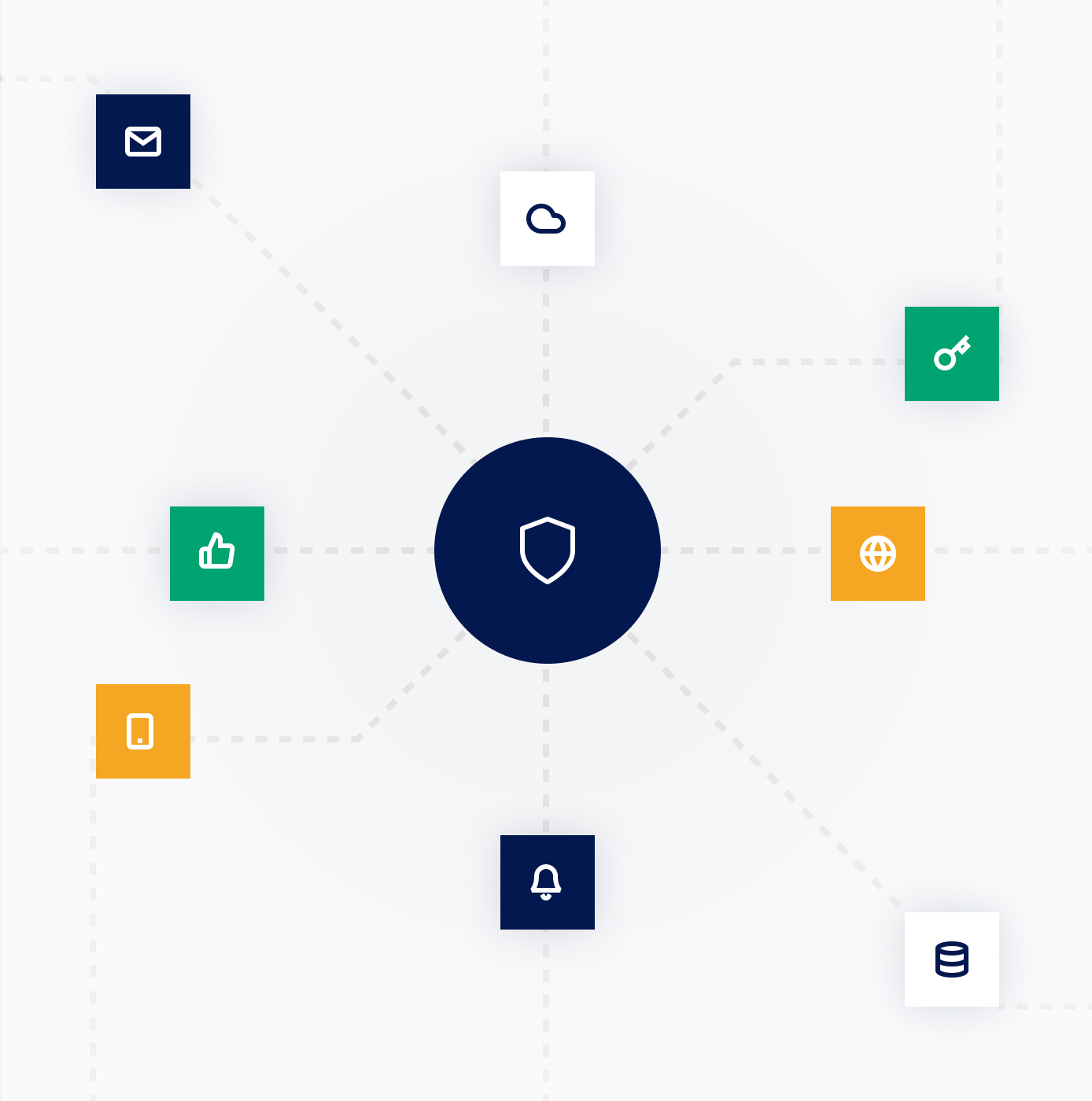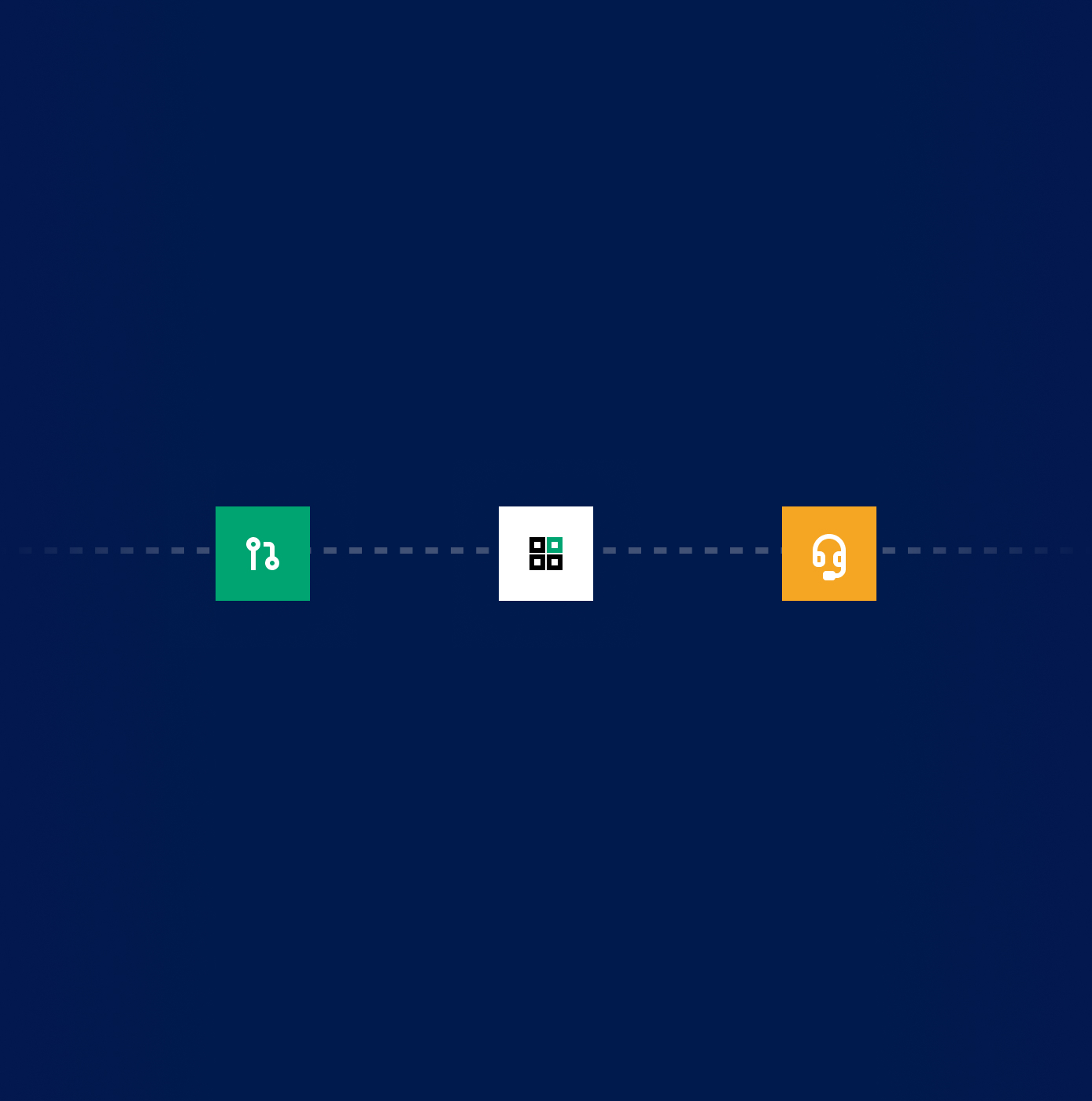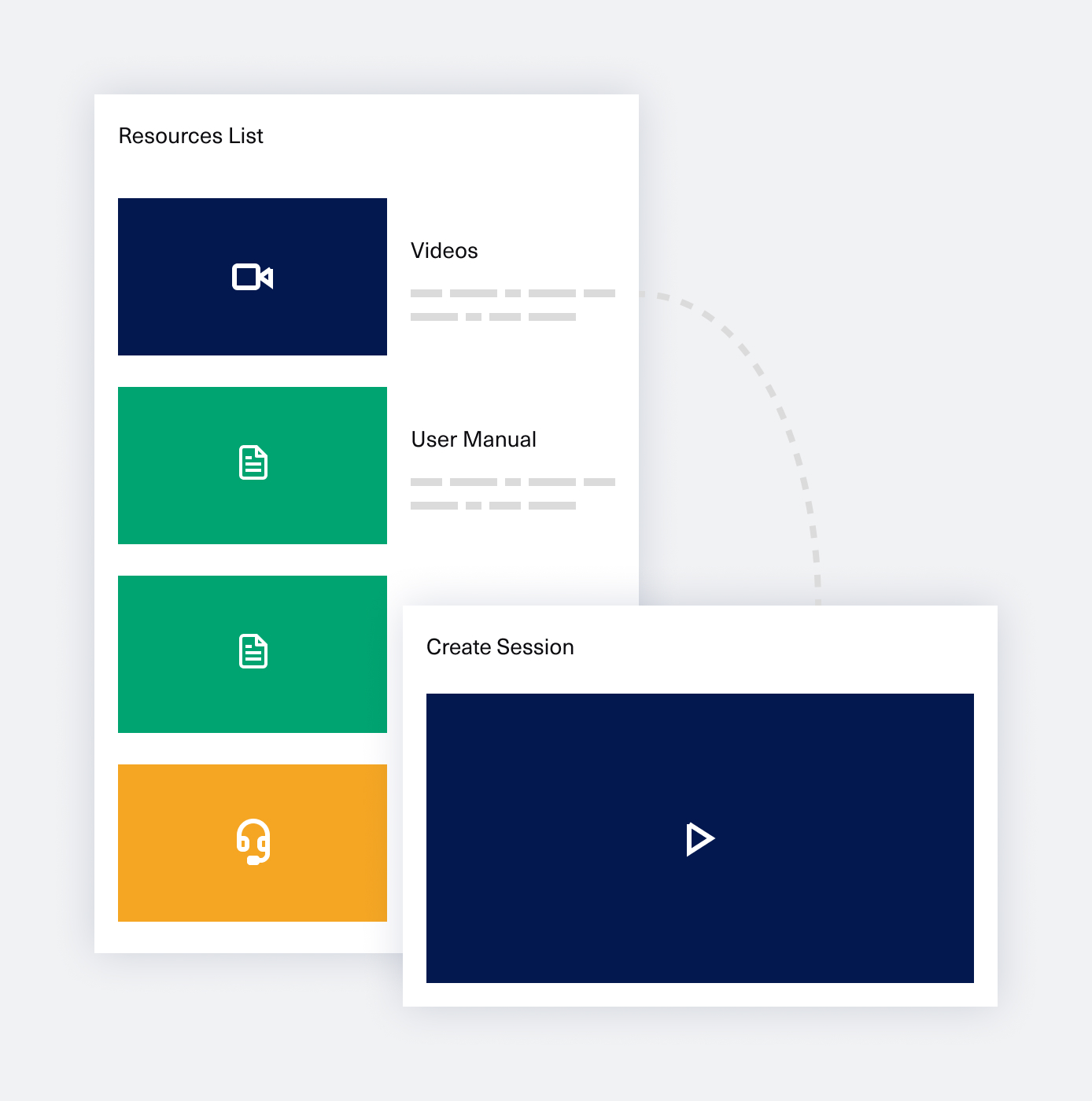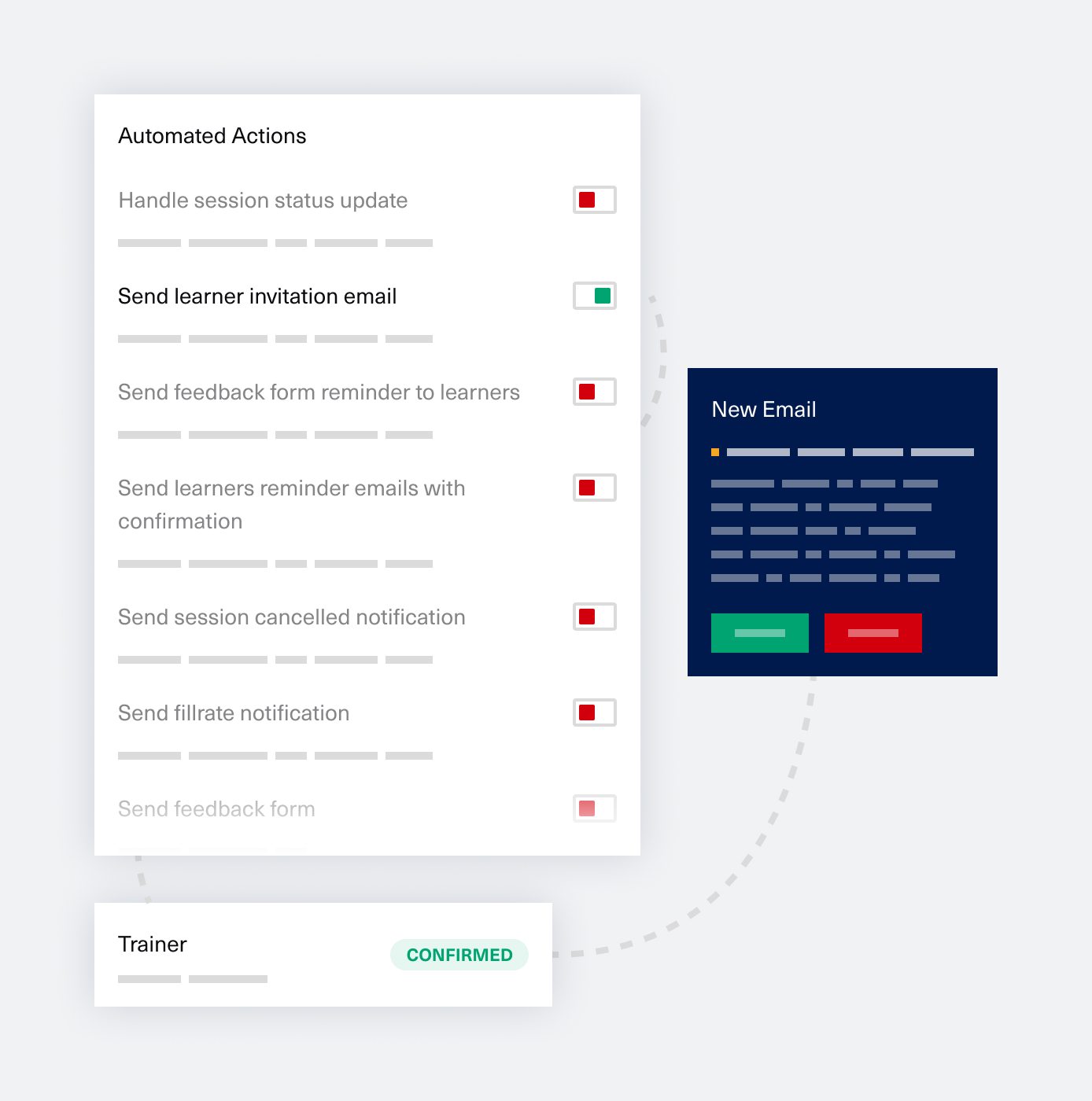Highlights:
* Cathy Moore’s flowchart is a good starting point to help guide L&D professionals in understanding whether knowledge or skill acquisition can solve a specific business problem – as seen in Offbeat Issue #64
* The business will likely come to L&D with a request for a training session or learning content when employee performance decreases or errors are identified.
* L&D’s are better equipped than the business to identify if a learning intervention helps solve a problem by playing the role of a consultant.
* Asking the right questions is an excellent way to help the business identify the source of a problem.
* Especially in these situations, L&D can work together with people managers and operational teams to understand the root cause and identify an effective solution.
* If the business still insists on receiving a learning intervention, L&D must set the right expectations about the very limited expected impact of that intervention – advice coming from Anamaria Dorgo, founder and community catalyst of L&D Shakers and Butter.
L&D can showcase its value to the business by:
– putting in place a consistent consultancy process, which is especially important for more junior L&D roles
– interacting openly with all levels of the organization and asking for support in promoting the way L&D works, especially in hierarchical organizations.
– creating case studies from previous business situations, together with the alternative solution identified.
– advertise to everyone in the company, especially decision-makers, how adults learn, the time it takes to see behavior changes, the real impact of learning.
When is L&D not the solution?
– When documentation or procedures are not put in place or are incorrectly created, employees can’t execute their tasks, which can seem like a performance issue.
– If employees don’t feel safe or comfortable at work, they might have performance issues that don’t come from a lack of knowledge or skill; in this case, even if a learning intervention is decided, it will likely not be effective. Learning is one of the first things compromised when there is no psychological safety in the workplace.
– Lack of resources, such as access to people, tools, or the right level of influence to unblock a problematic situation, which might hurt individuals’ performance.













